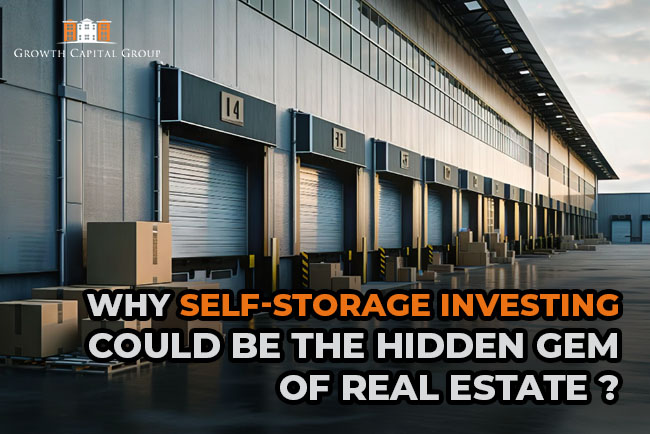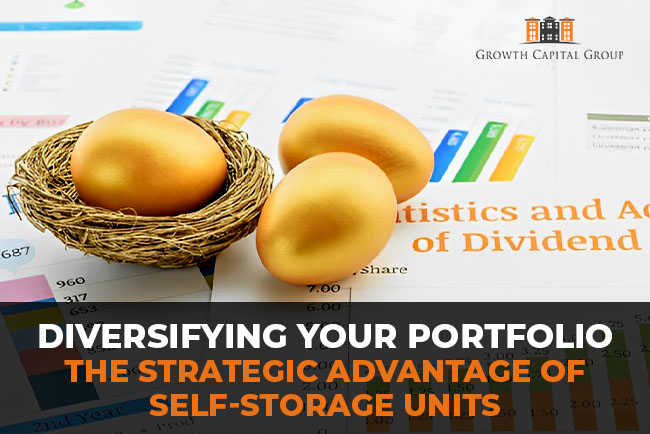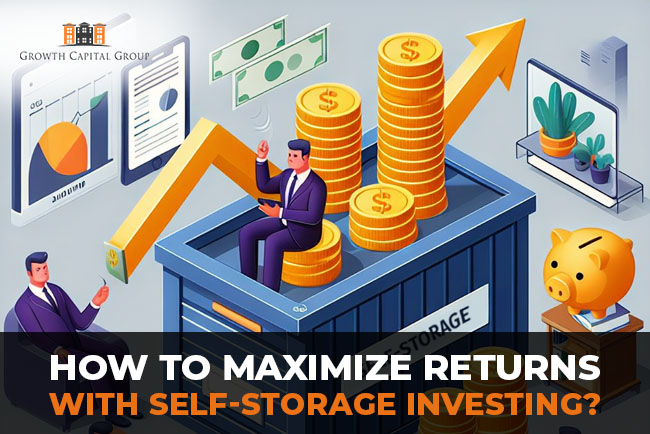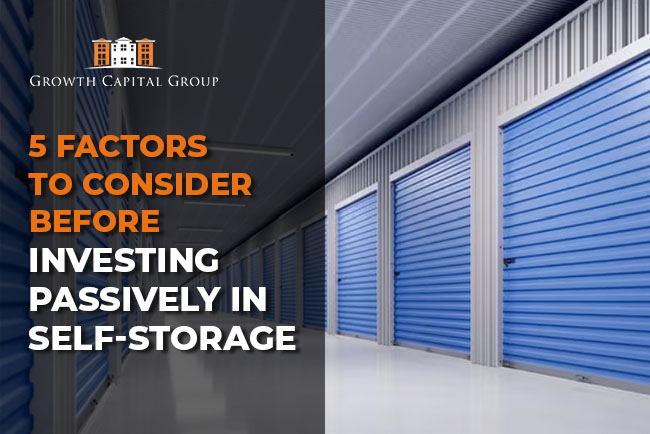Introduction
Investing in self-storage facilities presents a lucrative opportunity for savvy investors seeking stable returns and long-term growth potential. In the subsequent sections, we can discover actionable strategies and high-quality practices for maximizing returns with self-storage investing, defensive key areas together with assets choice, operational optimization, and income enhancement. Get equipped to release the total potential of self-storage investments and embark on an adventure in the direction of monetary achievement.
Self-Storage Market
The self-storage industry has experienced big growth in recent years, driven by increasing calls for garage space due to various factors consisting of urbanization, downsizing, and the upward push of e-commerce. According to industry reports, the self-storage market is projected to continue developing, making it an attractive funding alternative for investors looking for steady cash drift and capital appreciation.
Key Considerations for Investing in Self-Storage
Location Analysis
One of the most critical factors to consider when investing in self-storage facilities is the location. A prime location with high population density, limited competition, and easy accessibility is essential for attracting tenants and maximizing occupancy rates. Conducting thorough market research and demographic analysis can help identify areas with strong demand for storage facilities.
Property Evaluation
When evaluating potential self-storage properties, factors such as property size, layout, condition, and amenities offered should be carefully assessed. Properties with a mix of unit sizes, climate-controlled units, and security features tend to command higher rental rates and attract a broader range of tenants.
Financial Analysis
A comprehensive financial analysis is essential to determine the profitability and viability of a self-storage investment. Factors such as rental income, operating expenses, vacancy rates, and capitalization rates should be thoroughly analyzed to assess the potential return on investment (ROI) and cash flow projections.
Legal and Regulatory Considerations
Investors should also be aware of the legal and regulatory requirements governing self-storage facilities, including zoning regulations, building codes, and environmental compliance. Working with experienced legal and real estate professionals can help navigate these complexities and ensure compliance with all relevant laws and regulations.
Strategies for Maximizing Investment Returns
Optimize Property Management
Efficient property management is crucial for maximizing the performance of self-storage investments. Implementing modern management systems, employing experienced staff, and leveraging technology such as online rental platforms can streamline operations, enhance customer experience, and improve overall profitability.
Implement Marketing Strategies
Effective marketing strategies are essential for attracting tenants and maintaining high occupancy rates in self-storage facilities. Utilizing online advertising, social media marketing, and search engine optimization (SEO) techniques can help increase visibility, generate leads, and drive tenant inquiries.
Diversify Revenue Streams
In addition to traditional storage rental income, self-storage investors can explore various ancillary revenue streams to boost overall returns. Offering additional services such as truck rentals, packing supplies, and insurance can provide an additional source of revenue and enhance the overall value proposition for tenants.
Why Invest in Self-Storage?
Investing in self-storage offers numerous compelling advantages that make it an attractive option for investors seeking reliable returns and portfolio diversification:
1. Recession Resilience:
Self-storage properties have historically demonstrated resilience during economic downturns, as people often prioritize storage needs even in times of financial uncertainty. The recession-resistant nature of the self-storage industry provides investors with a hedge against market volatility and economic fluctuations.
2. Stable Cash Flow:
Self-storage investments typically generate stable and predictable cash flow streams, driven by recurring rental income from tenants. With long-term lease agreements and relatively low turnover rates, self-storage facilities offer investors a steady income stream that can withstand market fluctuations.
3. Low Operational Costs:
Compared to other types of real estate investments, self-storage facilities have relatively low operational costs. With minimal staffing requirements and fewer maintenance expenses, investors can maximize their net operating income (NOI) and profitability, resulting in higher overall returns.
4. Scalability and Flexibility:
Self-storage investments offer scalability and flexibility, allowing investors to expand their portfolio gradually or diversify across multiple properties. Whether investing in small, independent facilities or large-scale commercial complexes, investors can tailor their investment strategy to align with their financial goals and risk tolerance.
Conclusion
Investing in self-storage facilities offers a compelling opportunity for investors seeking stable returns and portfolio diversification. By understanding the key considerations and implementing strategic approaches outlined in this guide, investors can maximize their investment returns and capitalize on the growth potential of the self-storage market.
Ready to unlock the full potential of self-storage investing and maximize your returns? Dive deeper into the world of self-storage investments with our expert insights and actionable strategies on the Growth Capital Group blog.
FAQ’s
1.Why should I consider investing in self-storage facilities?
Investing in self-storage offers several advantages, including recession resilience, stable cash flow, low operational costs, and scalability. These factors make it an attractive option for investors seeking reliable returns and portfolio diversification.
2.What factors should I consider when evaluating potential self-storage properties?
Key considerations when evaluating self-storage properties include location analysis, property evaluation (size, layout, condition, amenities), financial analysis (ROI, cash flow projections), and legal/regulatory compliance.
3.How can I maximize returns with self-storage investments?
To maximize returns, investors should focus on optimizing property management (efficient operations, leveraging technology), implementing effective marketing strategies (online advertising, SEO), and diversifying revenue streams (ancillary services).
4.What makes self-storage investments recession-resistant?
Self-storage properties tend to be recession-resistant because people prioritize storage needs even during economic downturns. This consistent demand helps maintain stable occupancy rates and cash flow, providing investors with a hedge against market volatility.
5.Are self-storage investments suitable for investors with different risk tolerances?
Yes, self-storage investments offer scalability and flexibility, allowing investors to tailor their strategies to align with their risk tolerance and financial goals. Whether investing in small independent facilities or large-scale complexes, there are opportunities for investors at various risk levels.






